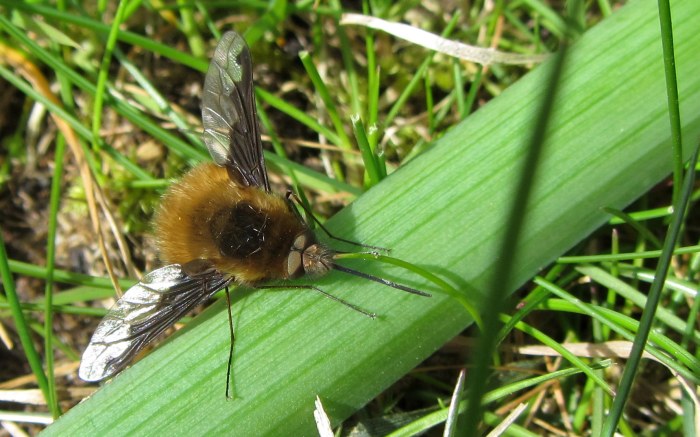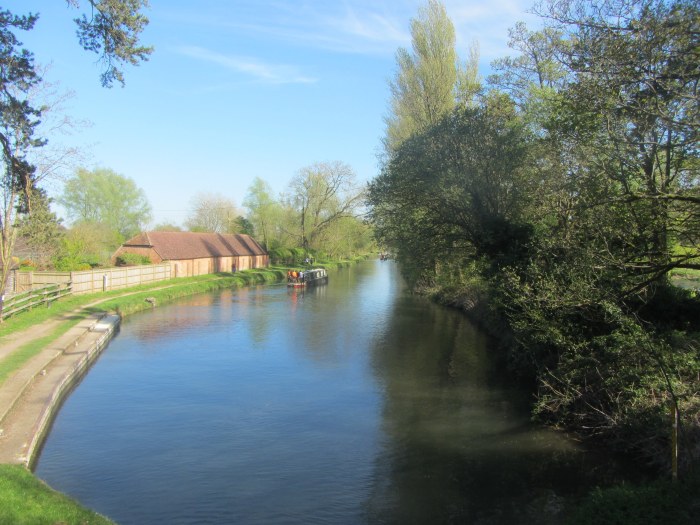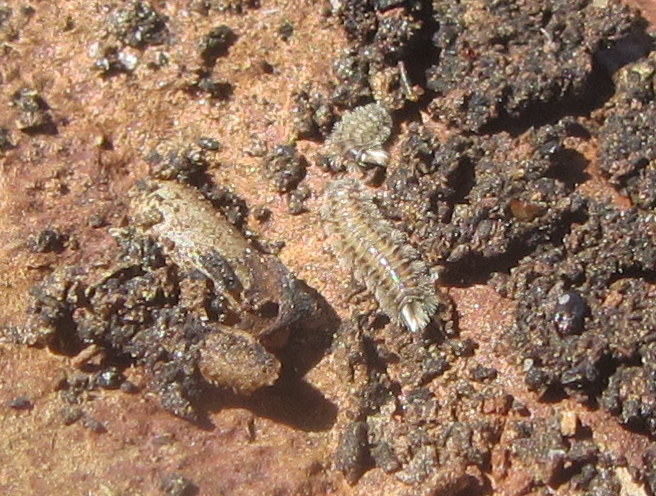Dedicated readers of my blogs – and if you are one many thanks! – will have noticed something of a decline in activity lately. I can’t say exactly why, but when I look back on old entries I can hardly believe this productive, dare I say mildly talented individual is the same person. Christmas is a good time to curl up and do some reading, so I thought I’d put together a little roundup of entries from Decembers past. Enjoy!
2015 was the last time we made it across to the USA for Christmas, and saw us hiking a short stretch of the Appalachian Trail through still winter woods. Speaking of hiking, in 2013 I considered the advantages of staying close to home, following up with some thoughts on why it might be worth travelling after all.
Birds are of course a regular feature for the Considering Birds blog – clue is in the name – and one of my picks for a species of the year run down in 2014 was the appropriately seasonal snow goose. Another snow-themed bird featured way back in 2011 , as did a classic Christmas bird of North America. Finally, Christmas 2013 was initially tetchy but still very birdy in the end.
Going beyond birds, I considered the inherent Christmasy-ness of moth trapping in 2014, I’d still like to see December Moth feature in more Christmas decorations and imagery. At the tail end of last year I was in a philosophical mood, but neither as eloquently or coherently so as I was in this little piece from 2014, possibly one of the best things I have written.
Looking to next year I don’t think I can promise a return to regular updates. I have a PhD thesis to finish – yikes! – and hopefully will be spending some time laying the groundwork for whatever projects will follow it. But since I’ve enjoyed putting this omnibus edition together I may indulge in a monthly trawl of my own archives to see what other forgotten gems I can find. Until then, I wish you all a very Merry Christmas and a peaceful New Year.




































 Review posted this morning
Review posted this morning 




